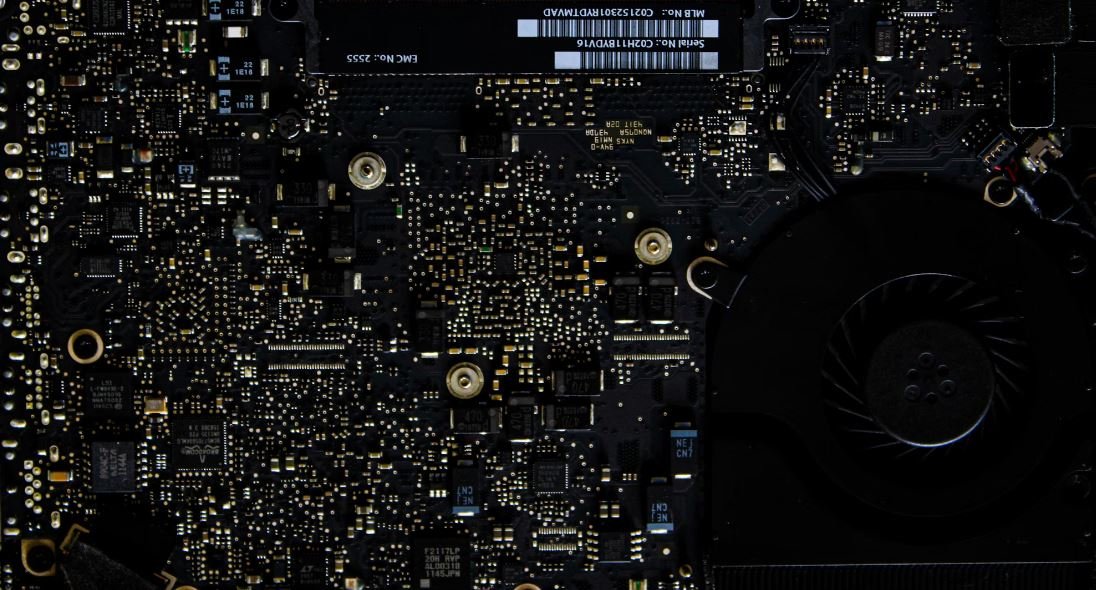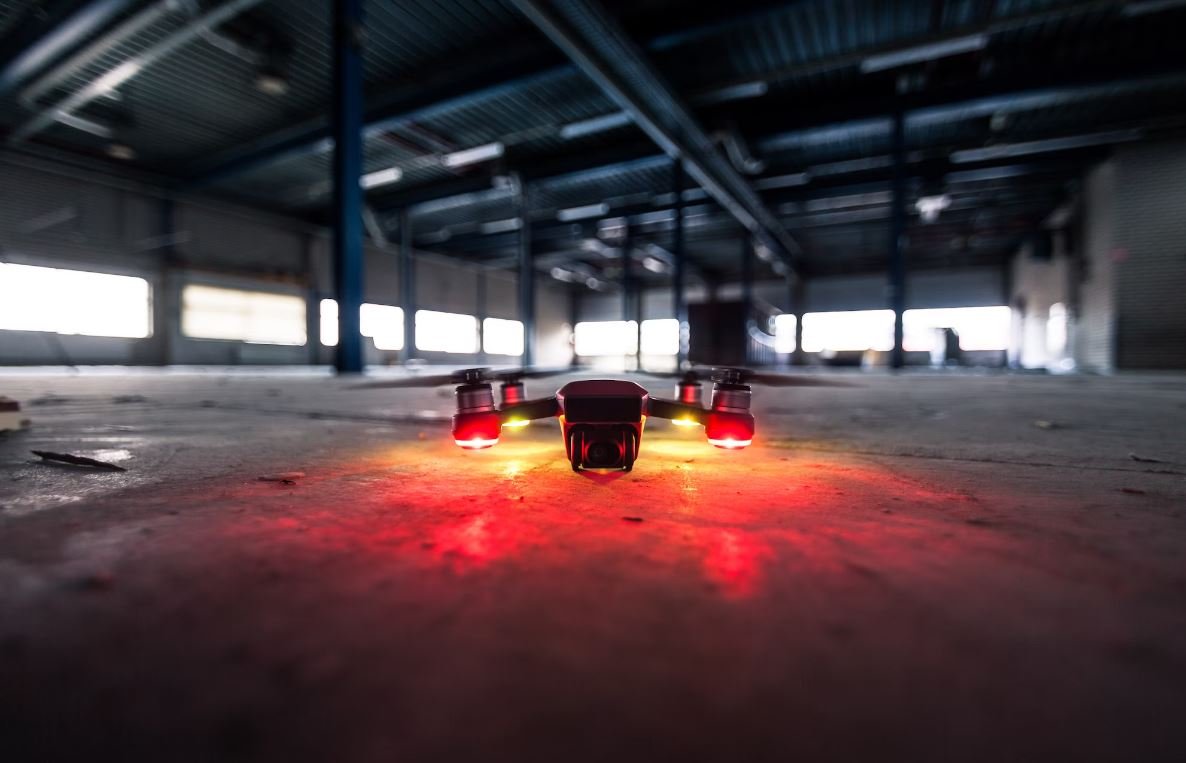What Apps Are Running on My Phone
Introduction
Have you ever wondered what apps are running on your phone and how they impact its performance? In this article, we will explore the various apps that run on your phone, how they function, and the effects they may have on your device. By understanding what apps are running, you can better manage your phone’s resources and improve its overall performance.
Key Takeaways
- Understanding the apps that are currently running on your phone is crucial for managing your device’s performance.
- Background apps consume resources and may impact your phone’s battery life and overall speed.
- Knowing which apps are running can help you identify potential security risks and prevent malware infections.
- Regularly monitoring your phone’s running apps can help optimize its performance.
How to Check Running Apps
To check the running apps on your Android device, simply tap on the multitasking or recent apps button, usually located at the bottom right or left of the screen. On iOS, double-click the home button or swipe up from the bottom of the screen and swipe left or right to view the running apps. This will display the list of apps currently active on your phone, allowing you to analyze their impact on system resources.
The Impact of Running Apps
Running multiple apps in the background can significantly affect your phone’s performance. Background apps consume memory, processing power, and network resources, which can lead to slower performance, reduced battery life, and higher data usage. It is important to keep track of these apps and close unnecessary ones to optimize your device’s performance.
Clearing the cache of resource-intensive apps can help enhance your device’s speed and responsiveness.
The Role of Background Apps
Background apps serve various purposes, such as receiving notifications, syncing data, or performing background tasks. While some apps may be essential for your device’s functionality, others may run unnecessarily in the background and cause performance issues. It is important to identify and control these apps to ensure they are not needlessly draining your phone’s resources.
Apps like messaging services often run in the background to deliver real-time notifications and messages.
Examples of Common Background Apps
Here are some examples of common background apps and their functions:
| App Name | Function |
|---|---|
| Receives notifications, syncs data, and allows background tasks for Messenger. | |
| Google Maps | Continuously tracks your location in the background to provide accurate navigation. |
| Keeps the app connected, allows incoming calls and message notifications. |
Managing Running Apps
To effectively manage running apps, follow these helpful tips:
- Regularly check the list of running apps and close unnecessary ones.
- Disable or uninstall apps that you rarely or never use.
- Optimize battery usage by restricting background app refresh.
Benefits of Monitoring Running Apps
Monitoring the apps running on your phone can provide several benefits:
- Enhanced performance and responsiveness of your device.
- Improved battery life and reduced data usage.
- Identification of potential security risks or malicious apps.
- Efficient utilization of system resources.
Conclusion
By being aware of the apps running on your phone, you can optimize system performance, enhance battery life, and improve security. Regularly monitoring and managing running apps can contribute to a seamless and efficient smartphone experience. Take control of your device’s performance by staying informed about the apps that impact its functionality.

Common Misconceptions
1. All apps running on your phone are actively using resources:
1. All apps running on your phone are actively using resources:
Many people believe that every app running on their phone is actively using resources such as CPU, RAM, and battery. However, this is not the case. Here are some key points to consider:
- Sleep Mode: Some apps may run in the background but are in a sleep mode, meaning they are not actively using resources until you open them.
- Background Tasks: Apps may run background tasks, such as syncing data or performing updates, without consuming much resources.
- App Optimization: Operating systems often optimize resource usage to prioritize active apps, limiting the impact of inactive or background apps.
2. Force quitting apps will always improve performance:
Another misconception is that force quitting all running apps will instantly boost the performance of your phone. However, force quitting apps may not always have a significant impact on performance. Consider the following:
- Resource Management: Modern operating systems are designed to efficiently manage resources, automatically freeing up memory and prioritizing active apps.
- Startup Time: Force quitting apps means they will need to restart when you open them again, potentially resulting in longer startup times.
- Battery Impact: Force quitting and reopening apps frequently can actually consume more battery power as apps go through additional startup processes.
3. All apps have the same impact on battery life:
It is commonly believed that all apps running on your phone have an equal impact on battery life. However, different apps have varying levels of power consumption. Consider the following:
- Background Activity: Apps that constantly run background processes, such as social media or messaging apps, may have a higher impact on battery life compared to apps that are rarely active.
- Hardware Usage: Apps that extensively use hardware features, such as GPS for navigation apps, tend to drain the battery faster than apps that do not require much hardware interaction.
- Optimized Apps: Some developers prioritize optimizing their apps for energy efficiency, resulting in lower battery consumption compared to others.
4. All running apps are visible in the app switcher:
Many people assume that all apps currently running on their phone should appear in the app switcher or recent apps menu. However, this is not always the case. Here’s why:
- Optimized Memory Management: Modern operating systems may prioritize displaying only recently used apps or apps actively using resources in the app switcher, hiding background or inactive apps.
- System Apps: Certain system-level apps or services essential for the phone’s operation may not appear in the app switcher, even though they are running in the background.
- Hidden Background Processes: Some apps may continue running processes in the background without appearing in the app switcher, especially those designed to sync or update data.
5. Running fewer apps will always improve battery life:
Reducing the number of running apps is often believed to be a surefire way to extend battery life. However, this may not always result in significant improvements. Consider the following:
- App Optimization: Operating systems are designed to manage multiple apps efficiently, minimizing their impact on battery life when they are inactive or running in the background.
- Screen-on Time: The screen’s brightness and usage time have a more substantial impact on battery life than running background apps.
- Battery Maintenance: Regularly running battery maintenance apps or features can have a more significant impact on optimizing battery life than solely reducing the number of running apps.

The Most Popular Social Media Apps
Social media has become an integral part of our lives, allowing us to connect and engage with others instantaneously. The following table showcases the top social media apps that are commonly found on smartphones.
| App | Monthly Active Users |
|---|---|
| 2.85 billion | |
| 1.22 billion | |
| 2 billion | |
| TikTok | 689 million |
Most Downloaded Dating Apps
Amidst today’s digital age, dating apps have taken the world by storm. Here are the leading dating apps widely used around the globe.
| App | Total Downloads |
|---|---|
| Tinder | 400 million |
| Bumble | 100 million |
| OkCupid | 50 million |
| Grindr | 27 million |
Top Browser Apps
Browsers are essential for accessing websites and online content. These are the most widely used browser apps available for smartphones.
| App | Market Share |
|---|---|
| Google Chrome | 62.43% |
| Safari | 19.38% |
| Firefox | 4.89% |
| Opera | 2.47% |
Most Used Gaming Apps
Gaming on smartphones has surged in popularity, offering a vast array of immersive and addictive games. Let’s look at the most frequently played gaming apps.
| App | Active Players |
|---|---|
| PUBG Mobile | 1 billion |
| Subway Surfers | 1 billion |
| Candy Crush Saga | 273 million |
| Pokemon Go | 147 million |
Most Used Email Apps
Email has long been an essential mode of communication. Here are the most utilized email apps across smartphones.
| App | Active Users |
|---|---|
| Gmail | 1.5 billion |
| Outlook | 400 million |
| Yahoo Mail | 225 million |
| AOL Mail | 20 million |
Most Popular Video Streaming Apps
Streaming apps revolutionized the way we consume video content on our phones. The following chart showcases the most popular apps in this domain.
| App | Subscribers |
|---|---|
| Netflix | 208 million |
| YouTube | 2 billion |
| Amazon Prime Video | 150 million |
| Disney+ | 116 million |
Most Popular Music Streaming Apps
Musical streaming apps provide us with an endless library of songs. The data below reveals the top players in the music streaming industry.
| App | Monthly Active Users |
|---|---|
| Spotify | 345 million |
| Apple Music | 72 million |
| YouTube Music | 30 million |
| Pandora | 60 million |
Most Used Note-Taking Apps
Note-taking apps help us organize our thoughts and jot down important information. These are the widely adopted note-taking apps available.
| App | Active Users |
|---|---|
| Evernote | 225 million |
| OneNote | 200 million |
| Google Keep | 100 million |
| Simplenote | 2 million |
Most Used Health and Fitness Apps
Health and fitness apps help us lead healthier lives and stay fit. Let’s explore the most commonly used health and fitness apps.
| App | Active Users |
|---|---|
| MyFitnessPal | 150 million |
| Fitbit | 29 million |
| Strava | 50 million |
| Calm | 100 million |
Conclusion
In today’s digital landscape, smartphones are packed with numerous apps that cater to various interests and needs. From social media and gaming to productivity and health, the smartphone ecosystem offers a vast array of functionalities. The tables above highlight some of the most popular and widely used apps across different categories. As technology continues to advance, it is fascinating to witness how these apps shape our daily lives and contribute to the ever-evolving digital culture.
Frequently Asked Questions
How can I check which apps are running on my phone?
Answer: To check which apps are running on your phone, you can access the “Recent Apps” menu or “App Switcher” on most smartphones by either tapping the square or recent apps button on the bottom navigation bar or swiping up from the bottom of the screen.
Is there a way to close or force stop apps running in the background?
Answer: Yes, you can close or force stop apps running in the background. On Android, you can access the “Recent Apps” menu mentioned in the previous question, then swipe the app you want to close sideways or tap the close button. On iOS, double-click the home button and swipe the app windows up or off the screen.
How can I see the running apps on an iPhone?
Answer: On iPhones with Face ID, swipe up from the bottom of the screen to access the App Switcher. On iPhones with a physical home button, double click the home button to bring up the App Switcher. The App Switcher will display the running apps on your iPhone.
Where can I find the list of running apps on an Android device?
Answer: To find the list of running apps on an Android device, go to the “Settings” app, tap on “Apps” or “Applications,” then choose “Running” or “Running Services.” This will display the list of currently running apps on your Android device.
What does it mean if an app is running in the background?
Answer: When an app is running in the background, it means that the app is still active and functioning, even though you are not actively using it. Some apps continue to run in the background to provide notifications, updates, or perform tasks such as refreshing content or tracking location.
Can running apps drain my phone’s battery?
Answer: Yes, running apps can consume battery power. Apps running in the background may continue to use system resources, including CPU and network, which can result in increased power consumption and potentially drain your phone’s battery faster. It is advisable to close unnecessary apps to conserve battery life.
Why do some apps continue to run in the background even after I close them?
Answer: Some apps may continue to run in the background because they are designed to perform certain tasks in the background, such as receiving push notifications, updating content, or running background processes required for proper functionality. App developers may choose to keep these processes active for a better user experience.
Is it necessary to close all running apps on my phone regularly?
Answer: It is not always necessary to close all running apps on your phone regularly. Modern operating systems like Android and iOS are optimized to manage app resources efficiently. However, closing unnecessary apps may help conserve battery life and improve overall device performance.
How can I prevent certain apps from running in the background?
Answer: On Android, you can prevent certain apps from running in the background by going to the “Settings” app, selecting “Apps” or “Applications,” choosing the desired app, and disabling the “Allow background activity” or similar option. On iOS, this functionality is managed automatically by the operating system, which suspends apps when not in use.
Are there any apps or tools that can help monitor running apps and their impact on my phone’s performance?
Answer: Yes, there are various apps and tools available on both Android and iOS platforms that can help monitor running apps and their impact on your phone’s performance. Some popular examples include “Greenify” for Android and “Battery Health” for iOS. These apps provide detailed information about running apps, their resource usage, and offer options to optimize performance.





